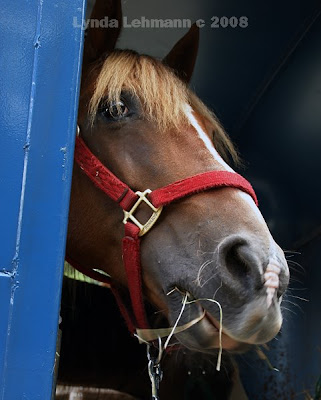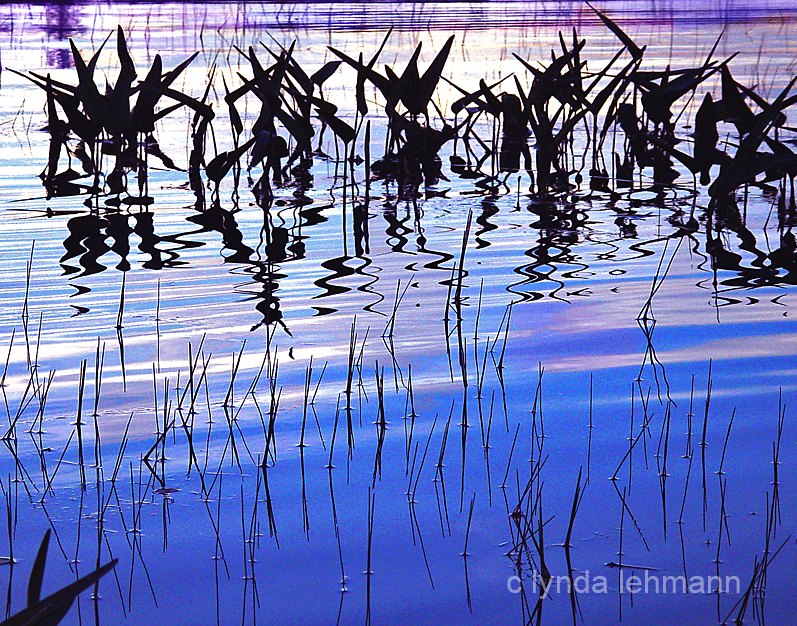 Dimensions
Dimensions Opulence
Opulence The fullness and fertility of early summer are evident in every blossom and in this lush rose.
Above, green leaves frame this vibrant blossom beautifully, and hint at secret dimensions.
At the top, a Monarch perches on a sunlit wildflower. Nature is always beautiful in form, color and glowing light, even if the butterfly you want to capture won't cooperate by standing still!
Flowers are the sexual parts of plants, but they are more than that. New dimensions to explore, the intricate architecture of nature to revel in, symbols of the season of growth and fertility, the magic of color and scent in our universe. Perhaps most importantly, they play a significant role in the food chain.
Blossoms are full of that alluring mystery that gives us little shivers--the recognition of something miraculous going on in the process of nature's unfolding.
Here on Long Island, we've been blanketed by a dirty crust of ice and snow for a couple of weeks now, with unusually chilly temps and a cutting rawness to the air. So I wanted to do a post that would remind us all of spring!
All images and text c Lynda Lehmann. If you would like to view more of my art or make a purchase, please visit Lynda Lehmann Painting and Photography or my gallery at Imagekind, where you can choose from several sizes and paper types or buy my prints plain or matted and framed.








